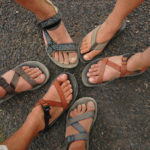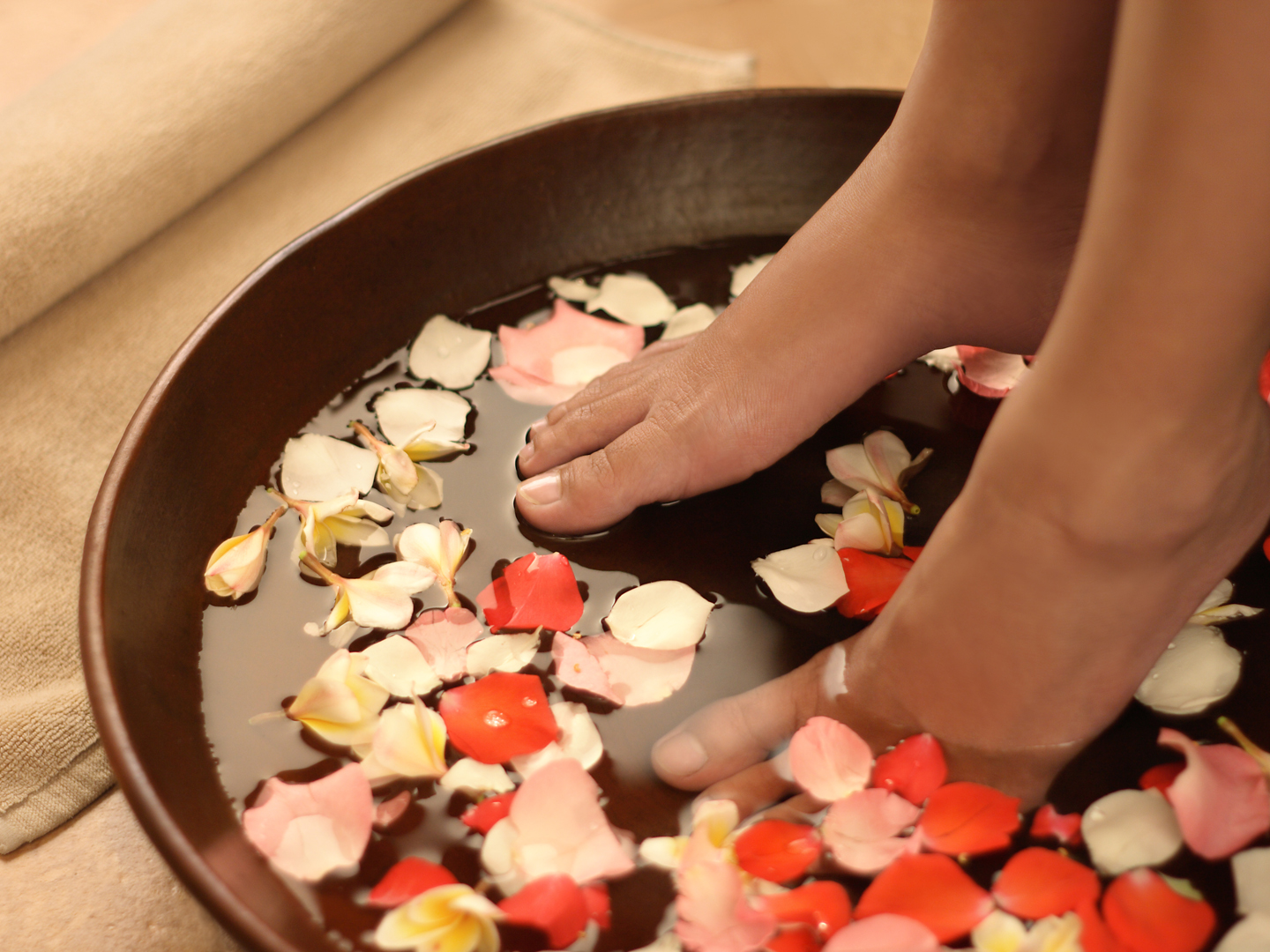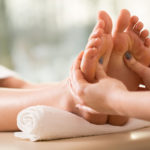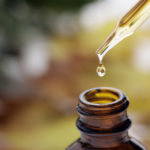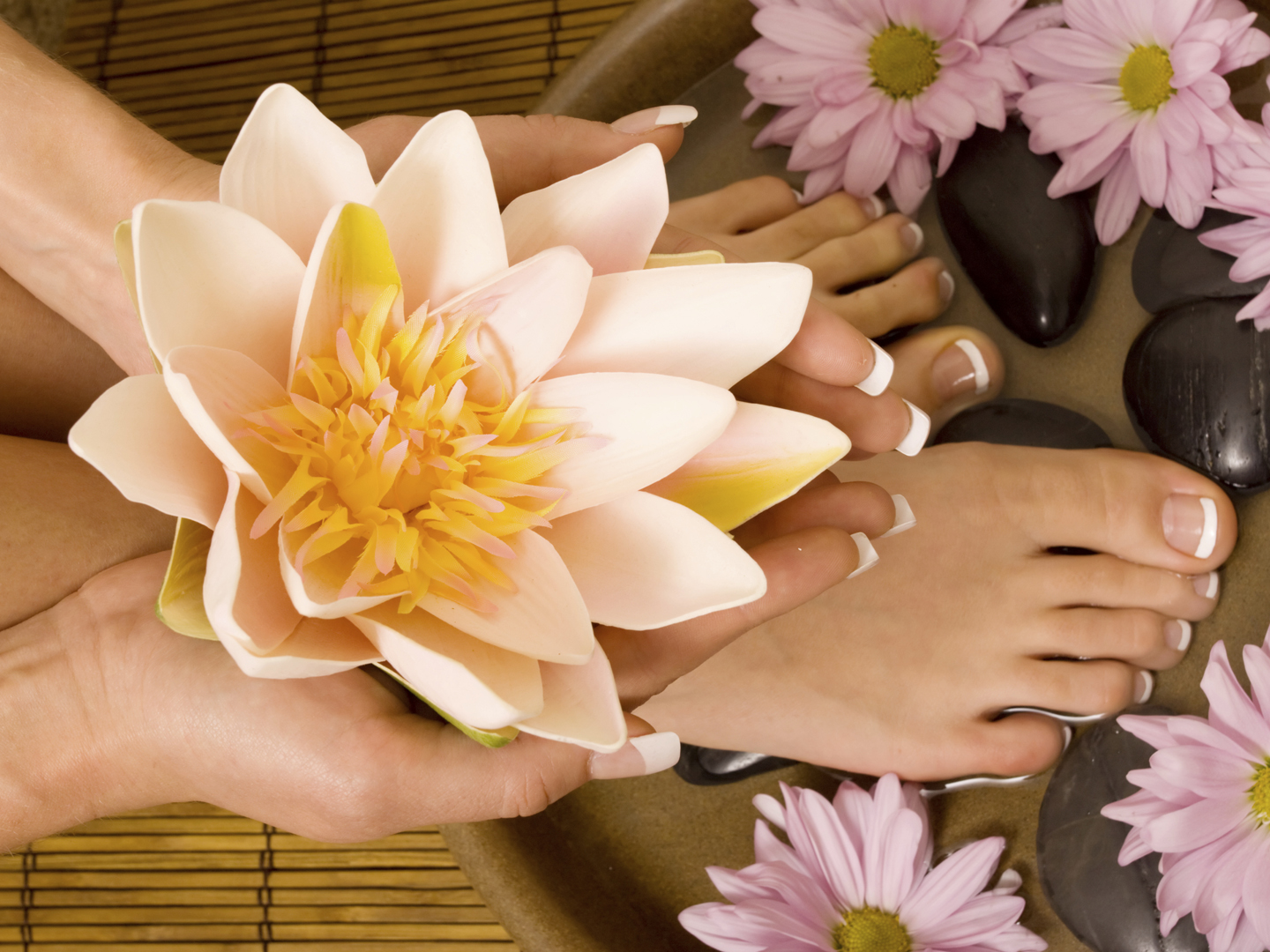The Best Summer Footwear?
The weather will soon be heating up, so I want to wear something with more ventilation than my usual shoes. Are flip-flops OK to wear? If not, what is?
Andrew Weil, M.D. | February 6, 2019
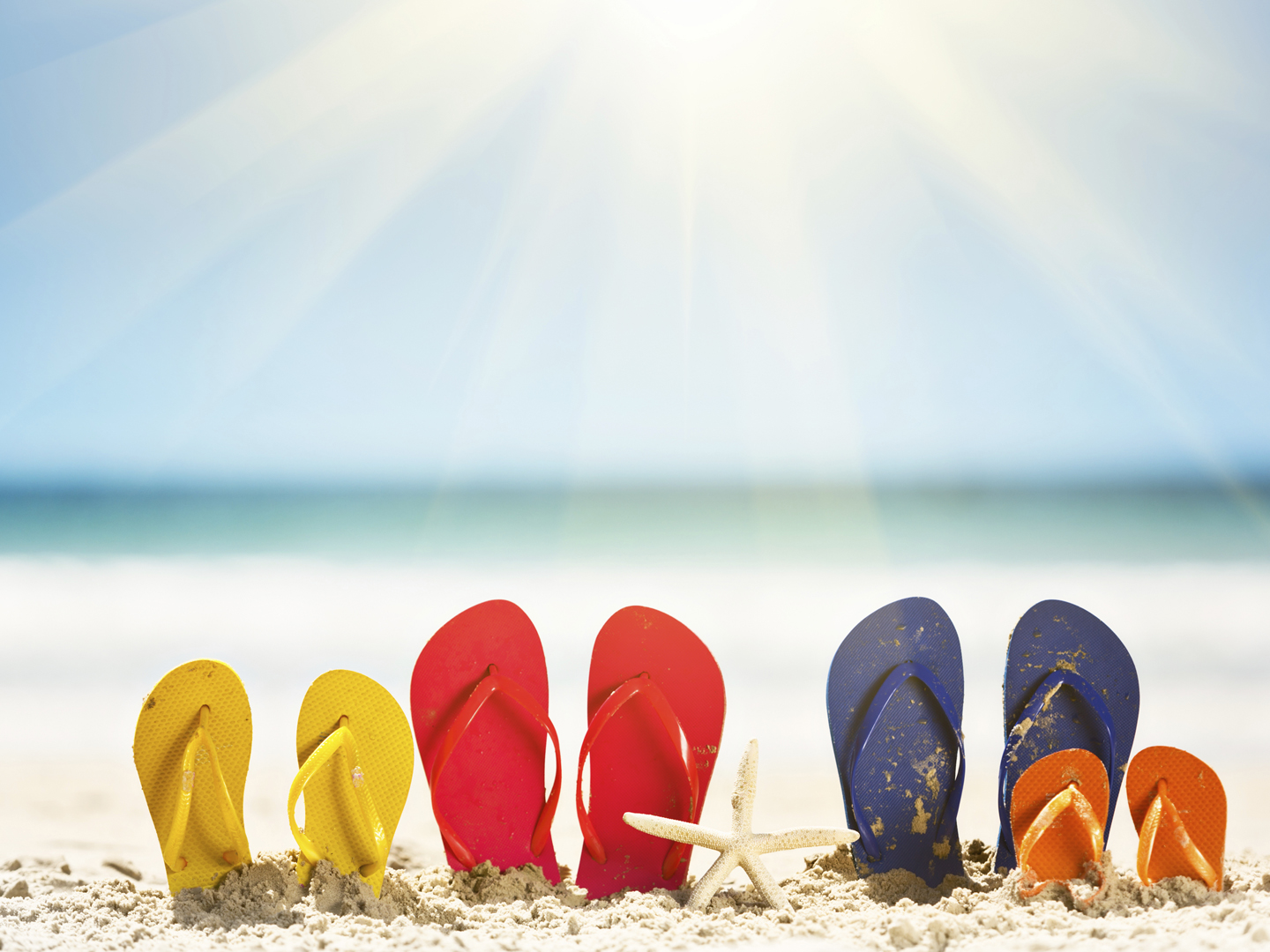
Flip-flops are backless sandals held loosely on the sole by a Y-shaped strap that passes between the first and second toes and around either side of the foot. They are typically made of rubber and have remained very popular as the preferred footwear of summer, particularly among young people.
Although most flip-flops will certainly help keep your feet well ventilated, not all of them are created equal. A study presented at the 2008 meeting of the American College of Sports Medicine (ACSM) concluded that habitually wearing typical flip-flops – that is, inexpensive ones in which the sole is essentially a flat foam pad – can contribute to leg or foot pain, probably because they can impair an individual’s stride and do not provide arch support. Researchers compared typical flip-flops and sneakers in 39 men and women aged 19 to 25 to evaluate the angles and force with which the feet hit the ground. They found a statistically significant alteration in force with the inexpensive flip-flops and concluded that this difference may change normal gait in those who wear them.
A much better summer footwear choice is flip-flops or sandals that feature built-in orthotic support. Instead of allowing the foot to flatten and tilt inward – which can lead to an uncomfortable gait, pain and possibly injury – these are engineered to keep the foot, ankle and lower leg in proper alignment and pain-free.
The American Podiatric Medical Association (APMA) offers these tips for safe use of flip-flops:
- Choose a flip-flop made of high-quality, soft leather. Leather minimizes the potential for blisters and other types of irritation.
- Gently bend flip-flops from end to end to make sure they fold at the ball of the foot. Shoes of any kind should never fold in half.
- Make sure your foot doesn’t hang off the edge of the flip-flop.
- Don’t re-wear flip-flops year after year. Inspect older pairs for wear and discard any that show signs of severe wear.
- Don’t ignore irritation between toes, where the toe thong fits. This can lead to blisters and possible infections.
- Don’t wear flip-flops while walking long distances. Even the sturdiest ones offer little in the way of shock absorption and arch support.
- Don’t perform yard work while wearing flip-flops. Always wear a shoe that fully protects feet, especially when mowing the lawn or whacking weeds.
- To avoid twisting your foot or ankle, don’t play sports in flip-flops.
I am a longtime advocate of walking for health, so proper footwear is important to me. Flip-flops are fine for the beach, but I recommend wearing sturdier shoes elsewhere.
Andrew Weil, M.D.


